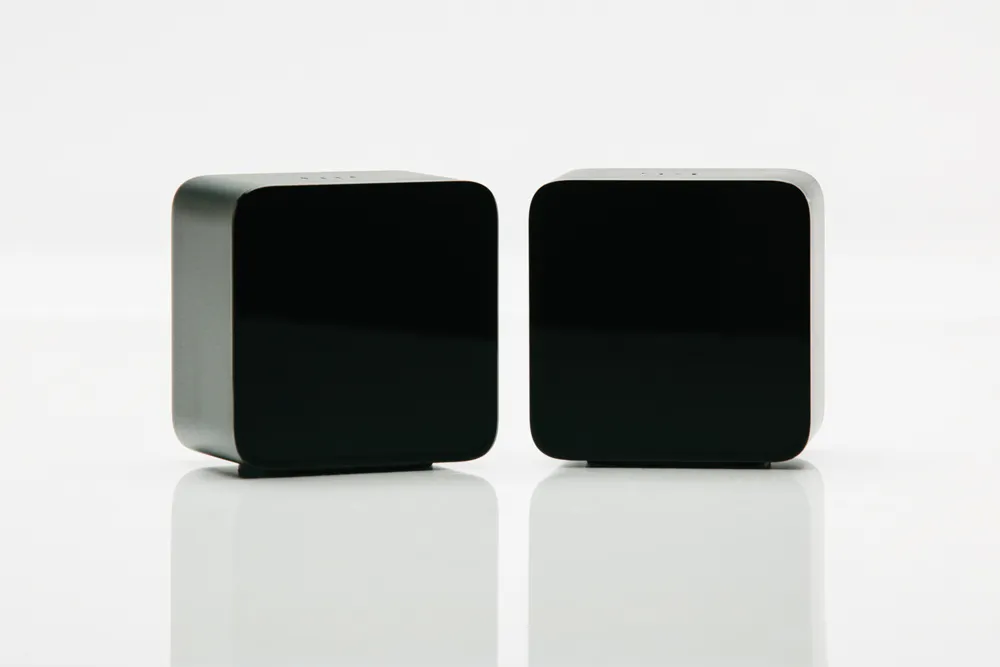The next generation of Valve’s Lighthouse tracking technology for SteamVR will include updated components that will not be compatible with existing HTC Vive systems, we’ve confirmed. Existing base stations, however, should be capable of tracking future headsets and objects on the way from Valve and its partners.
Earlier today we reported on the reveal of details for SteamVR Tracking 2.0. Valve plans to offer a new version of its base stations, which track the position of a VR headset and other peripherals like controllers and the Vive Trackers, with improved performance and efficiency at a lower price. These stations are compatible with a refreshed component from supplier Triad Semiconductor that Valve is recommending those making SteamVR products switch to using soon.
The current base stations that come bundled with the headset will, however, be able to track future products using the refreshed component.
In theory you should be able to buy a new SteamVR headset in the future as a standalone product and use your old base stations with it. When LG releases its upcoming SteamVR headset, for example, Vive owners may not need to buy a new bundle containing all the components needed to get started; you may just need the headset and controllers.
But you might not be able to buy the new base stations and set them up with your Vive. It also means existing Vives shouldn’t be able to take advantage of the support for more than two base stations that’s coming in the 2.0 update.
This is to be expected with advancing technologies, ensuring forward compatibility among fundamental technologies like SteamVR Tracking. It’s similar to the way in which way older versions of smartphones and tablets are gradually phased out as their successors become more popular and powerful.
If you have a Vive, would you plan to get a standalone headset and keep using your current base stations when it’s time to upgrade? Or would make a complete refresh?




























